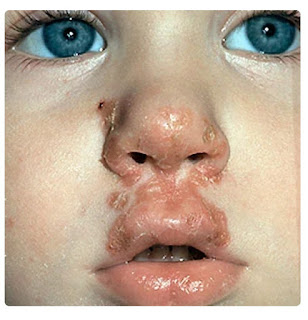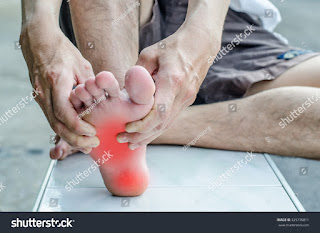Antimicrobial Resistance
Today in my post on the Antimicrobial Resistance (AMR) Series , as part of an effort to create awareness and stimulate collective action against the high resistance rate of microbes against available antimicrobial drugs, I will be talking about how microbes gain resistance.
Remember that Antimicrobial resistance is the resistance of a microbe to antimicrobial drugs that were originally able to treat infections caused by it.
Basically, there are 2 types of resistance: intrinsic resistance and acquired resistance.
In intrinsic resistance, the organism is pre-programmed to be resistant to certain antimicrobial drugs. For example gram negative bacteria have a cell wall with an outer membrane. This outer membrane is capable of blocking the entry of some antibiotics, thereby being resistant to these drugs.
Acquired resistance on the other hand is divided into vertical transmission (mutation) and horizontal transmission ( gene transfer)
Mutation refers to errors that occur in the process of replication. As a result of mutation, the offsprings can acquire some resistance traits which were not originally present in the parent organism. These offsprings can then transmit the resistance traits to their own offsprings( this phenomenon is known as vertical transmission)
Horizontal transmission also known as gene transfer, can be by 3 mechanisms. Which are:
Conjugation. Here, two bacteria come side by side and exchange small circular pieces of DNA known as plasmids. These plasmids confer resistance traits to the organisms.
Transduction, here a bacteriophage (viruses that feed on bacteria) transfers small pieces of DNA material ( not plasmids) to a bacterium, which imparts resistance to the bacterium.
And finally, Transformation, a process whereby a bacterium absorbs a DNA material (that probably escaped from a dead organism) from its external environment.
However molecularly, microbes exhibit resistance to antimicrobial drugs by at least 4 ways.
They are :
Through Efflux pumps by which the organism pumps out the antimicrobial drug from itself, e.g E. coli
Secondly, through alteration of target sites e.g Vancomycin resistant organisms.
Thirdly, through Decreased entry as a result of a blockade at the cell wall e.g Klebsiella pneumoniae.
And finally through inactivating enzymes by which the organism inactivates the antimicrobial drug e.g Beta lactamase producing bacteria.
Hope you learned something today?
In my next post, I will talk about How antimicrobial resistance spreads and the concept of Selective Pressure( which will make you think twice before prescribing, dispensing or using antimicrobials irrationally as well as influencing your attitude towards infection prevention and control )
I remain yours sincerely,
Pharm (Dr). Timothy Okooboh.
#promoting rational use of antibiotics and other antimicrobial drugs#
#Young pharmacists can make a difference#



Very informative article Dr. Tim. I look forward to your next post on how Antimicroval resistance spread.
ReplyDeleteThank you Pharm
DeleteThanks Sir, for that wonderful post, was really enlightening, but I have a question
ReplyDeleteYou talked about how traits of resistance occur among humans, by for that acquired resistance , horizontal resistance where two bacteria exchange small pieces of gene ( plasmids) between themselves, is it that the new and modified DNA is then what make the bacteria able to cause the efflux of antimalarial drugs,of make them to be able to form more modified blocked cell walls, or enable them capable of altering the antimalarial site of action.?
Is that the link of what enable them resist these anti malarial? Its my understanding correct?
Yes. The possession of Resistance Genes by microbes is what makes them to exhibit resistance to antimicrobial drugs by Efflux pump or reduced entry or inactivating enzymes or alteration of target sites.
Delete